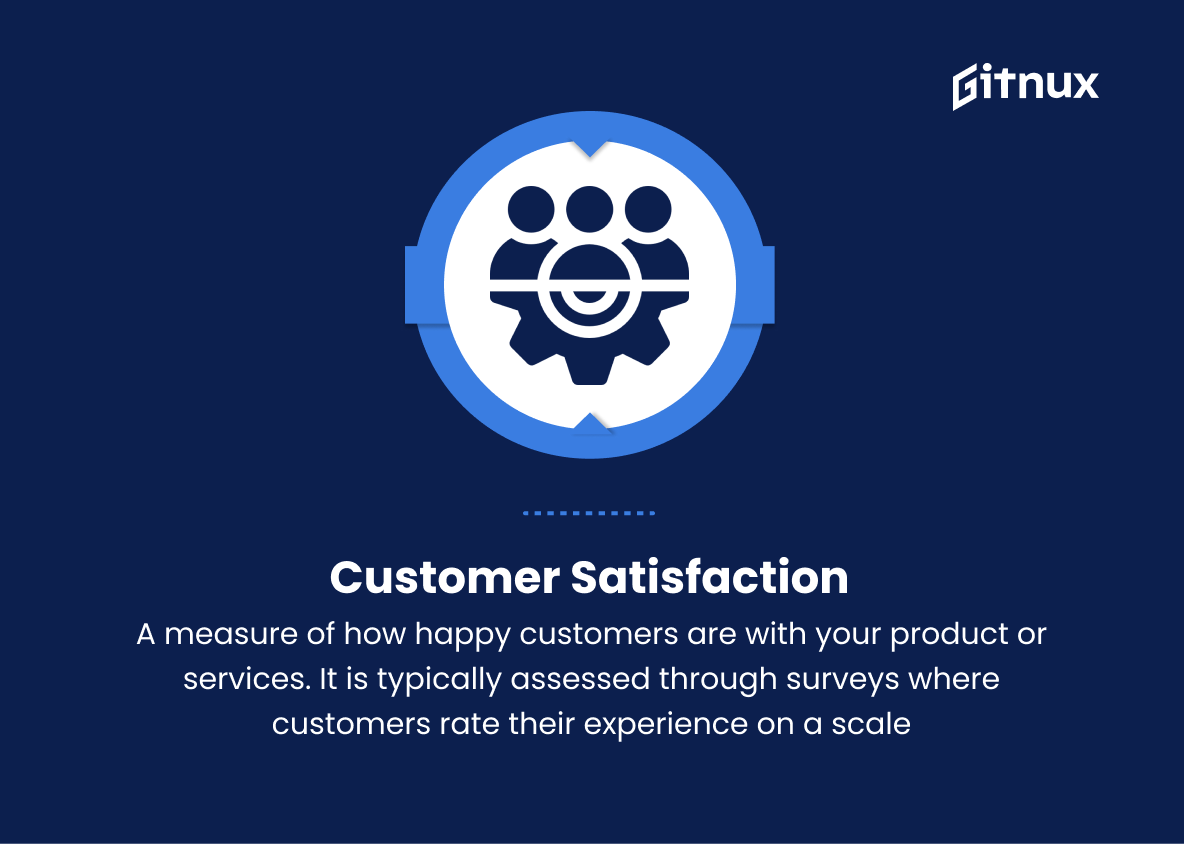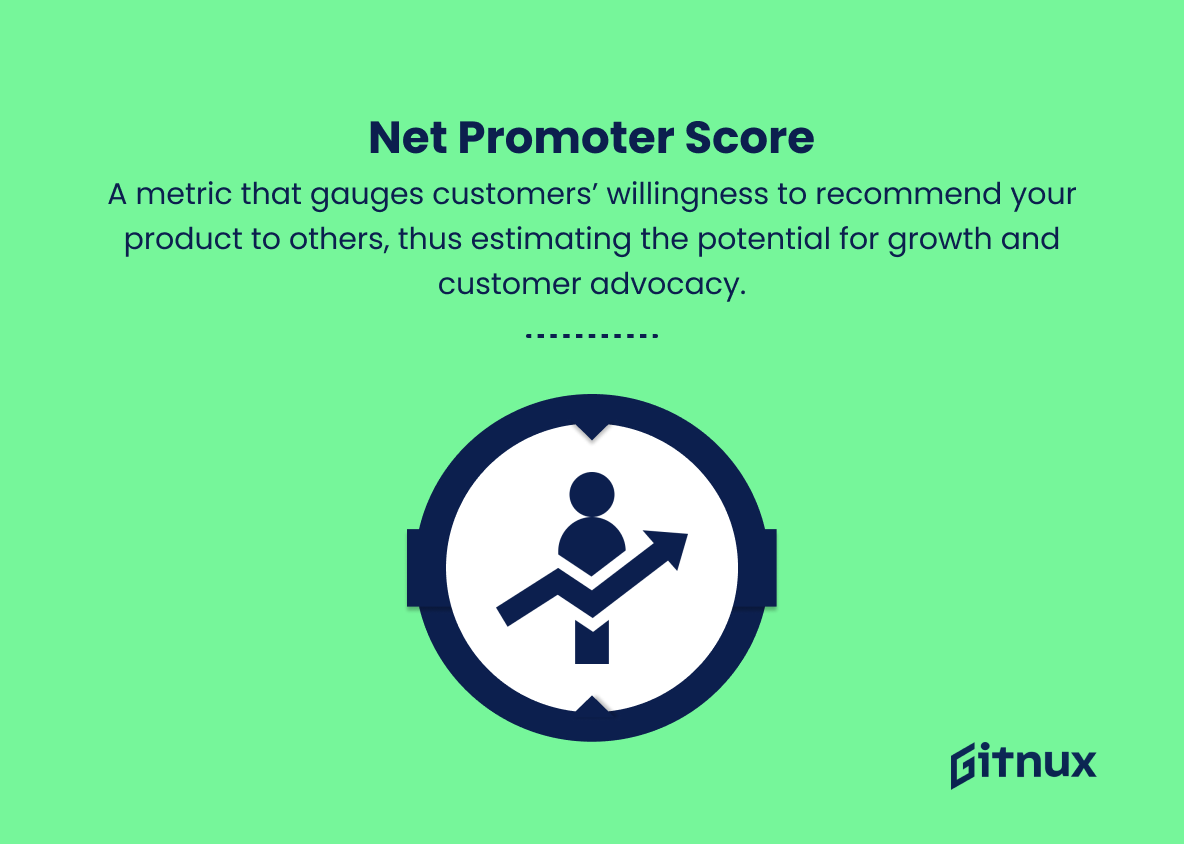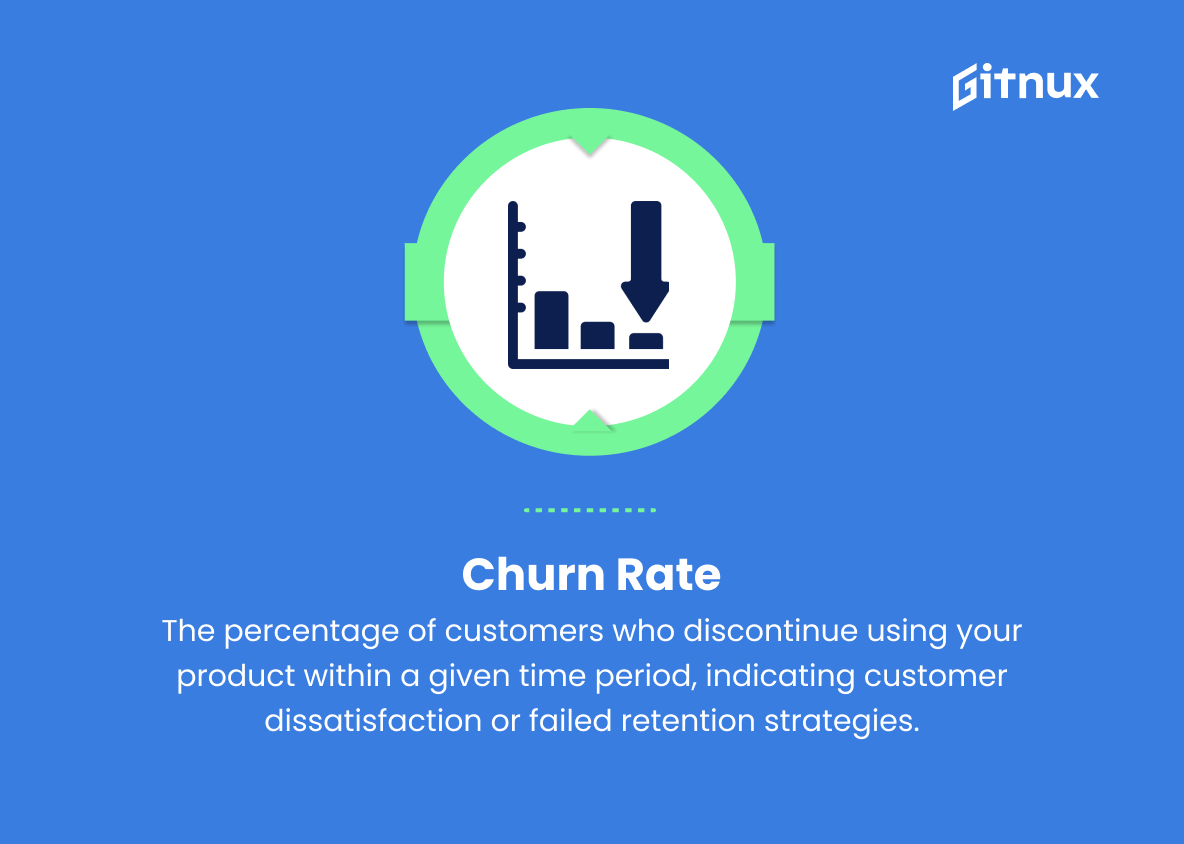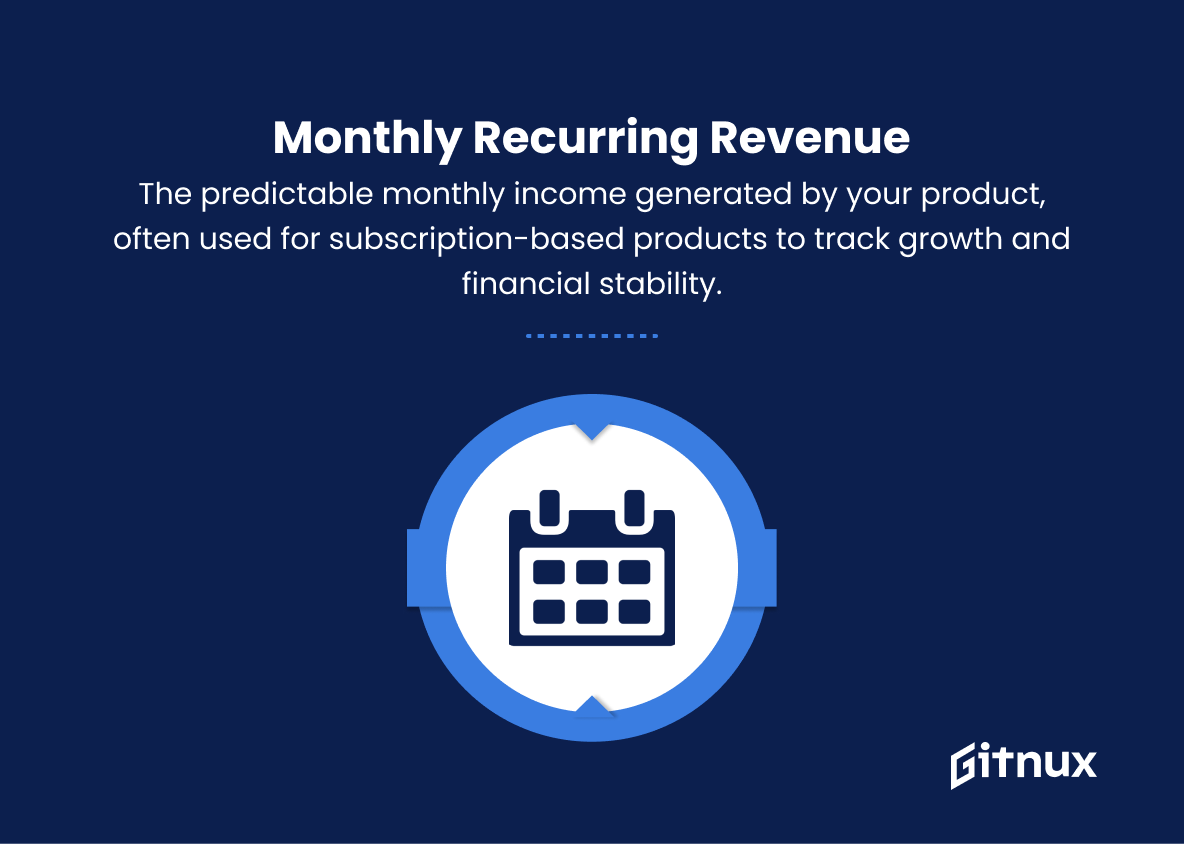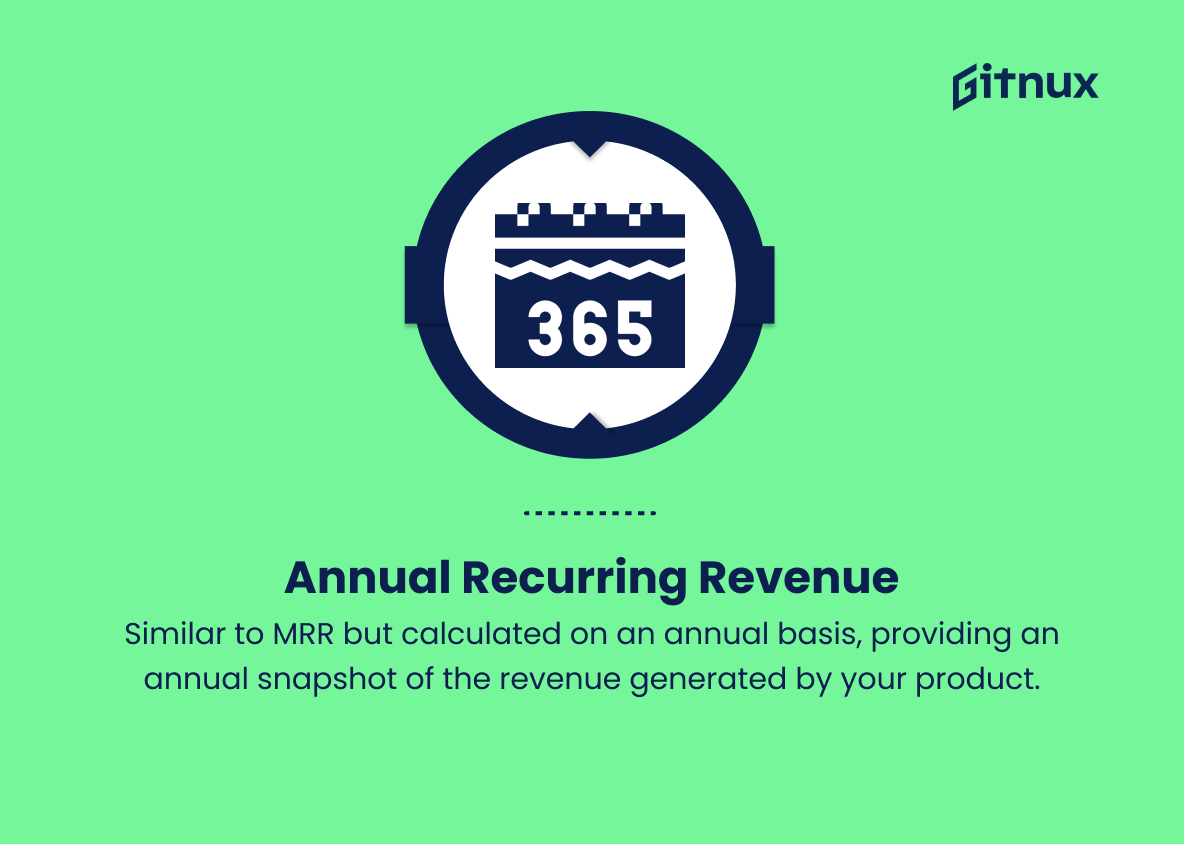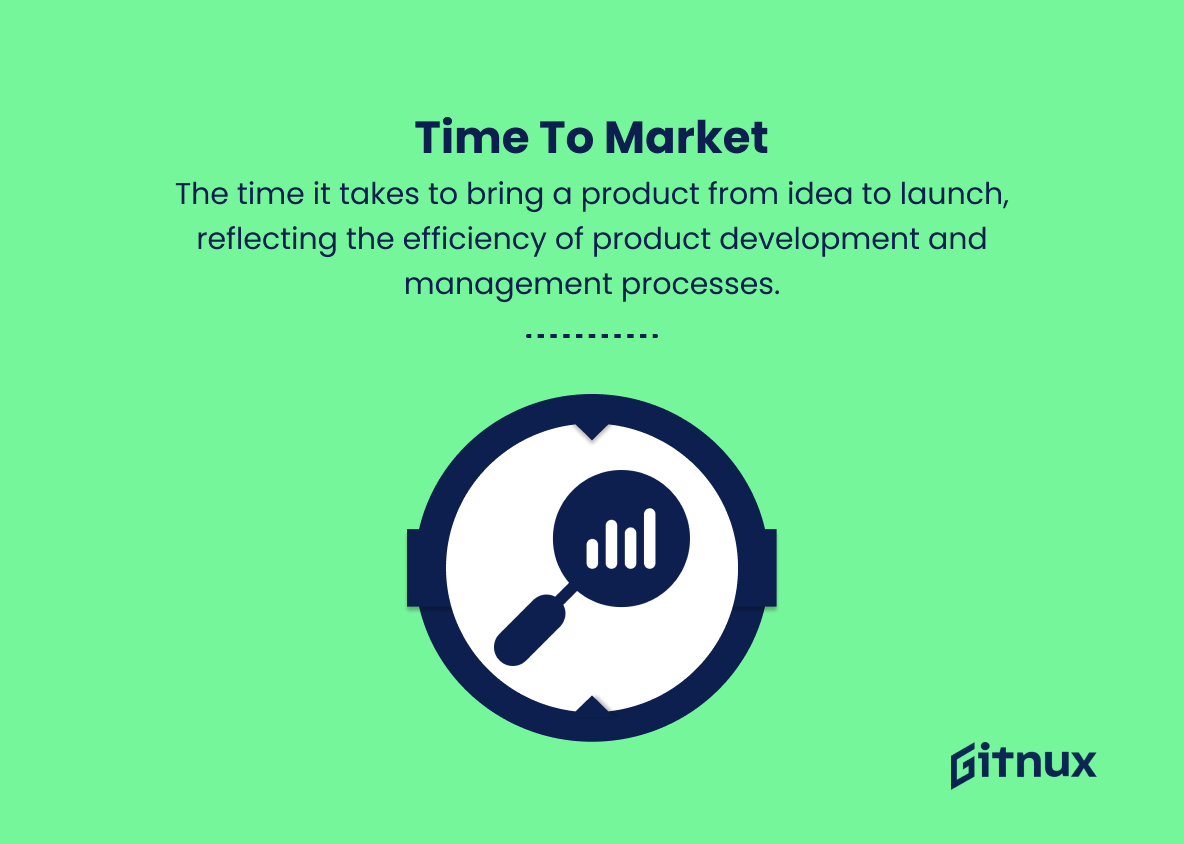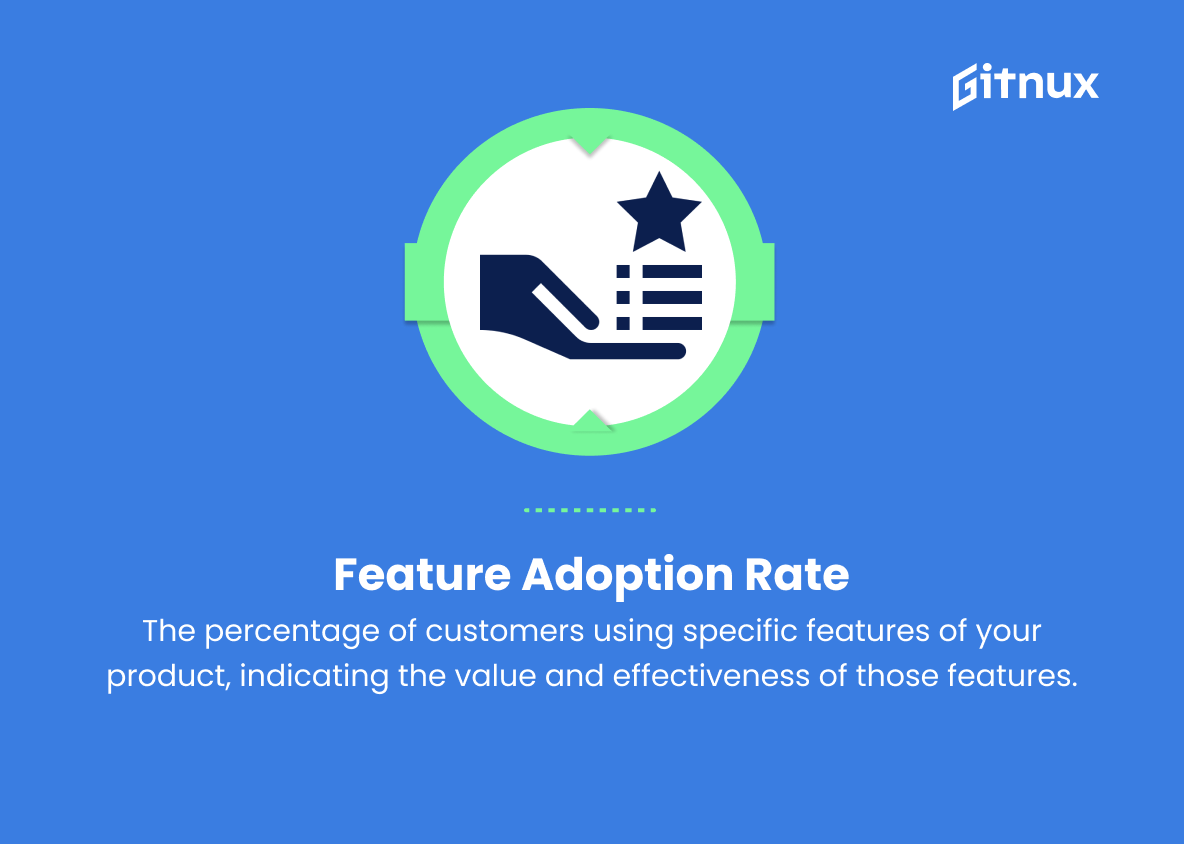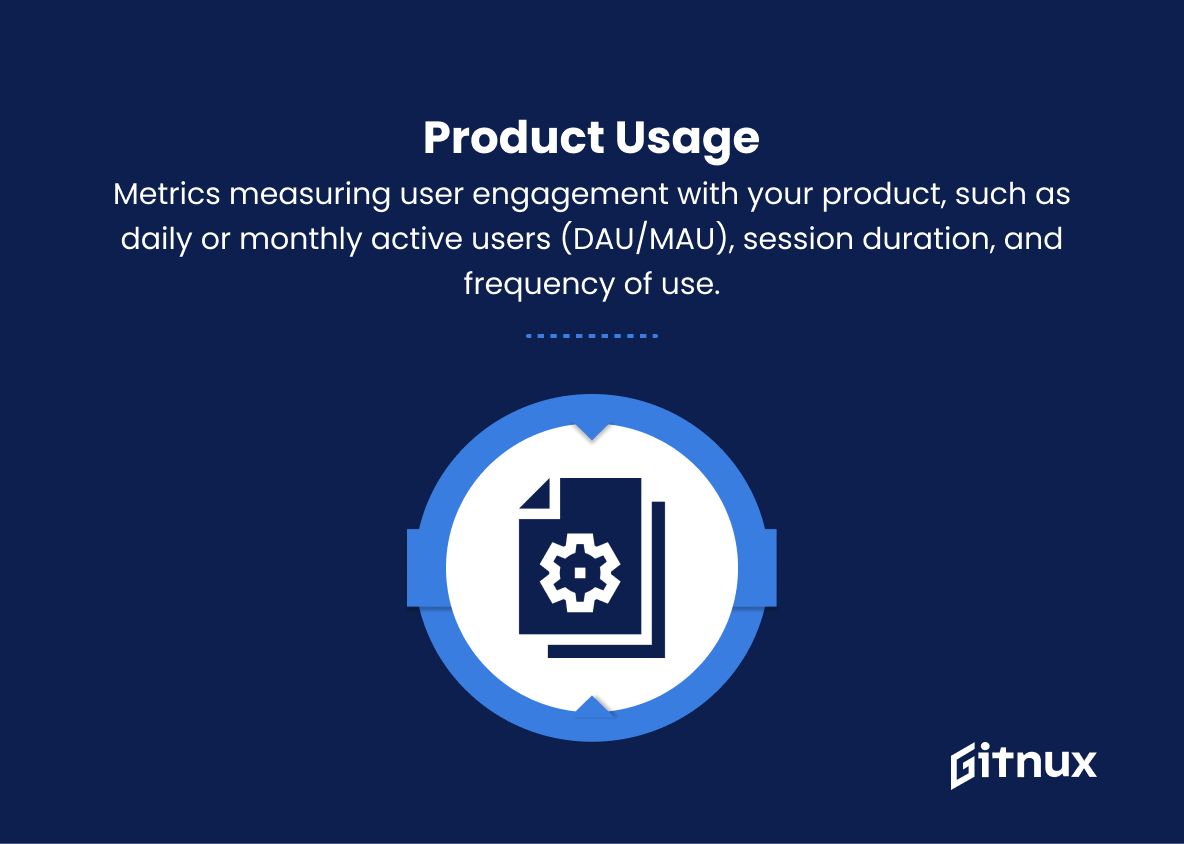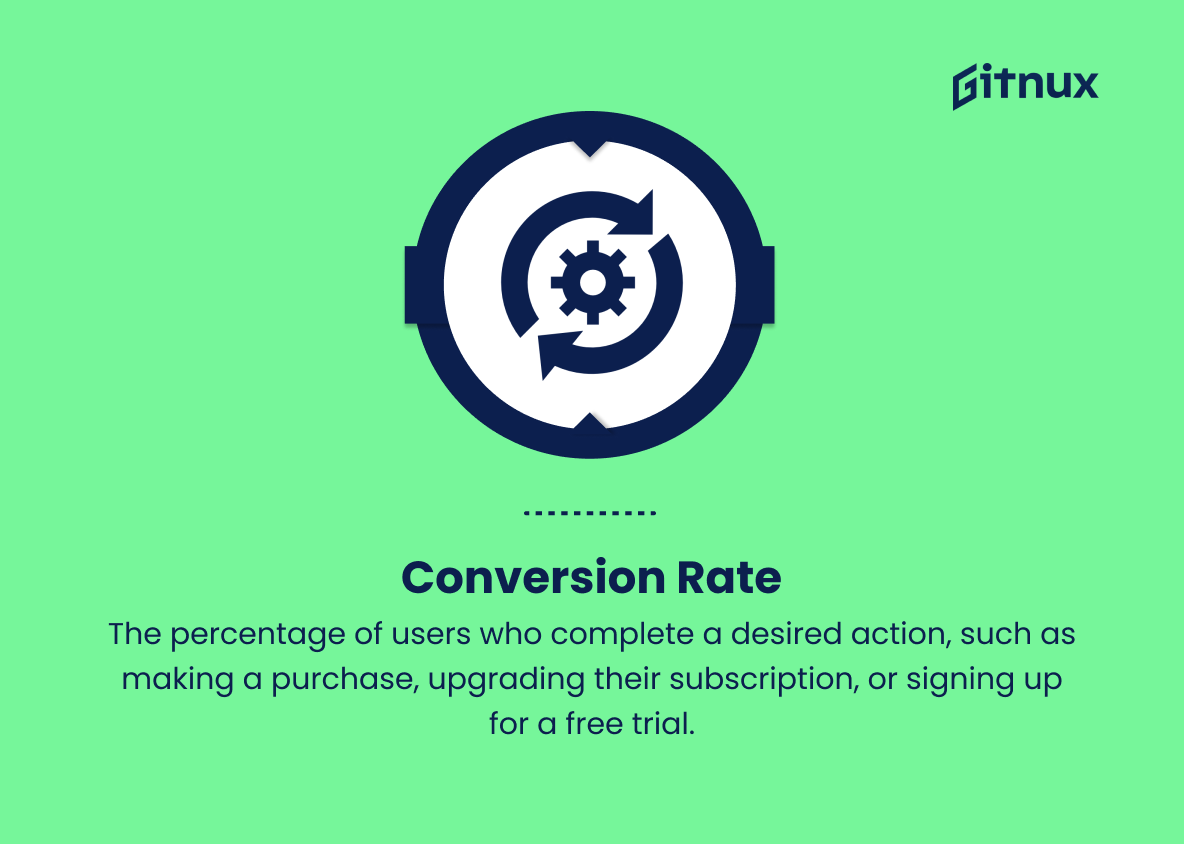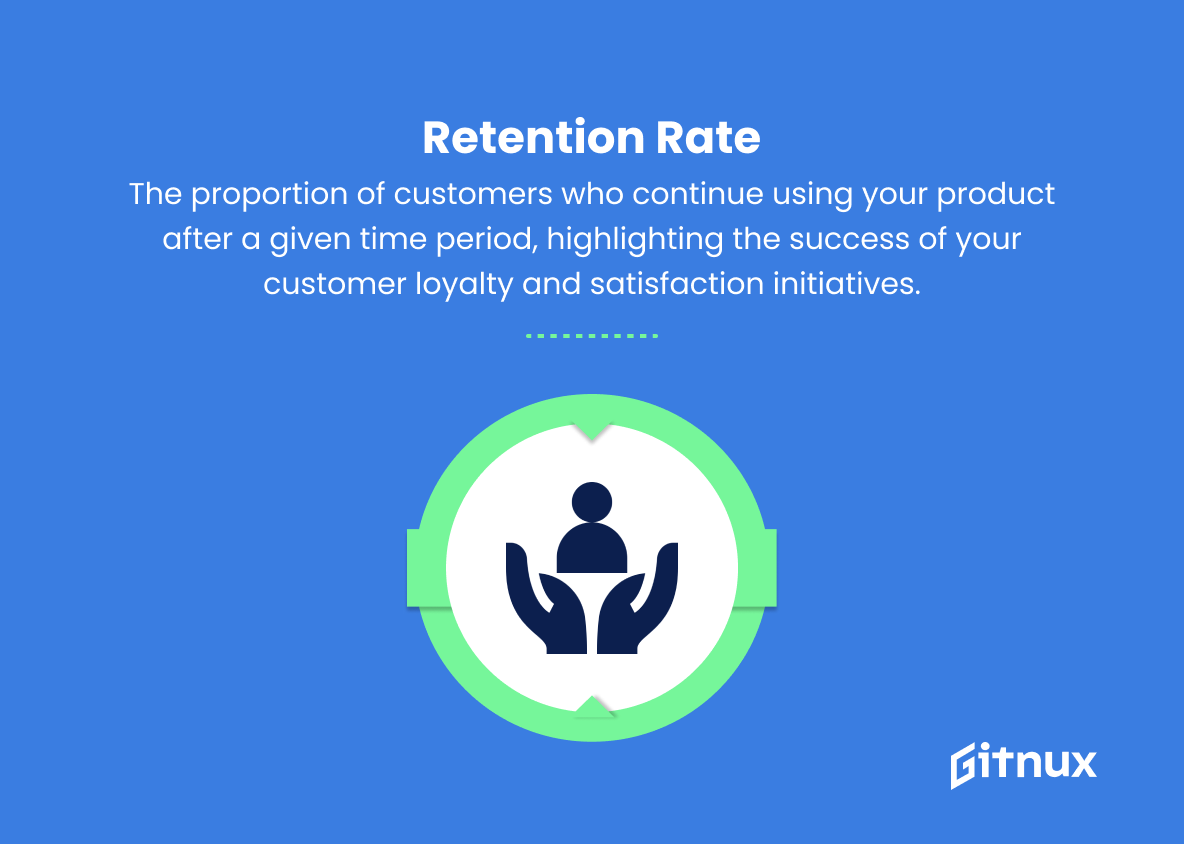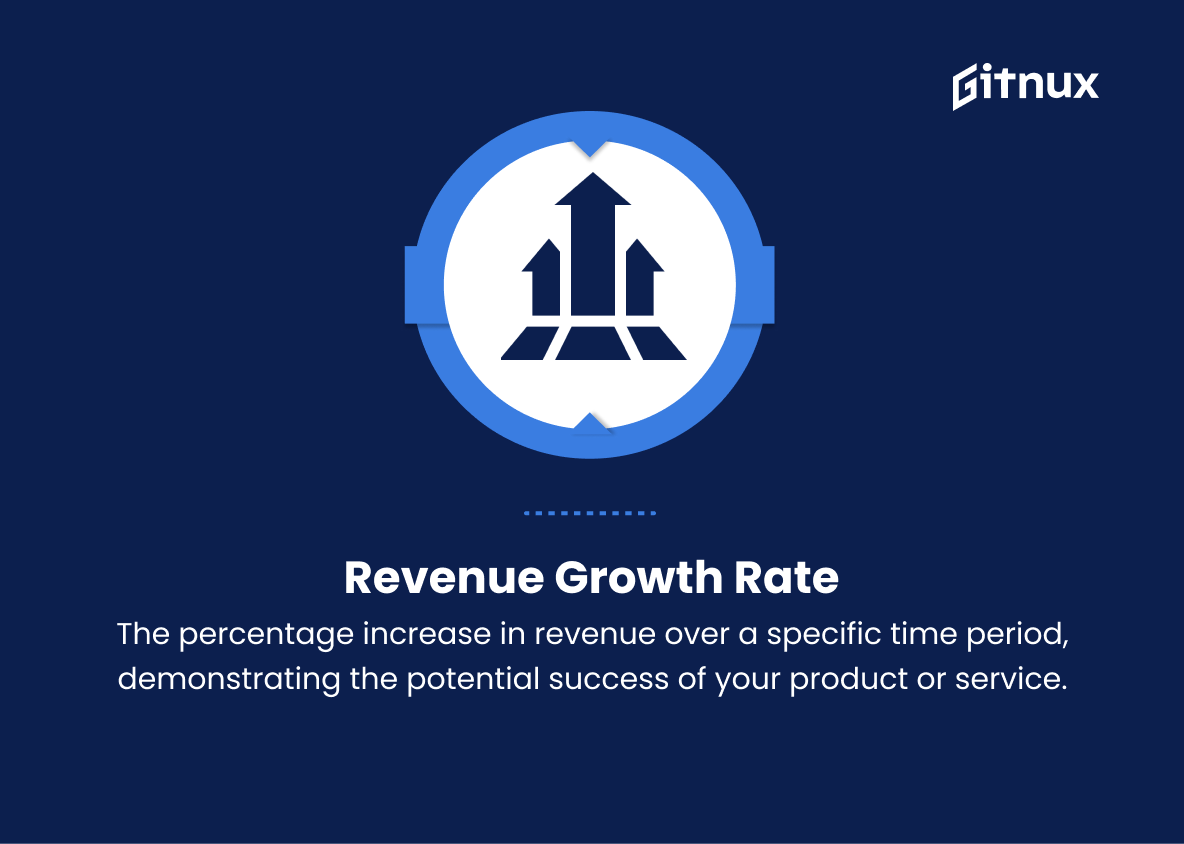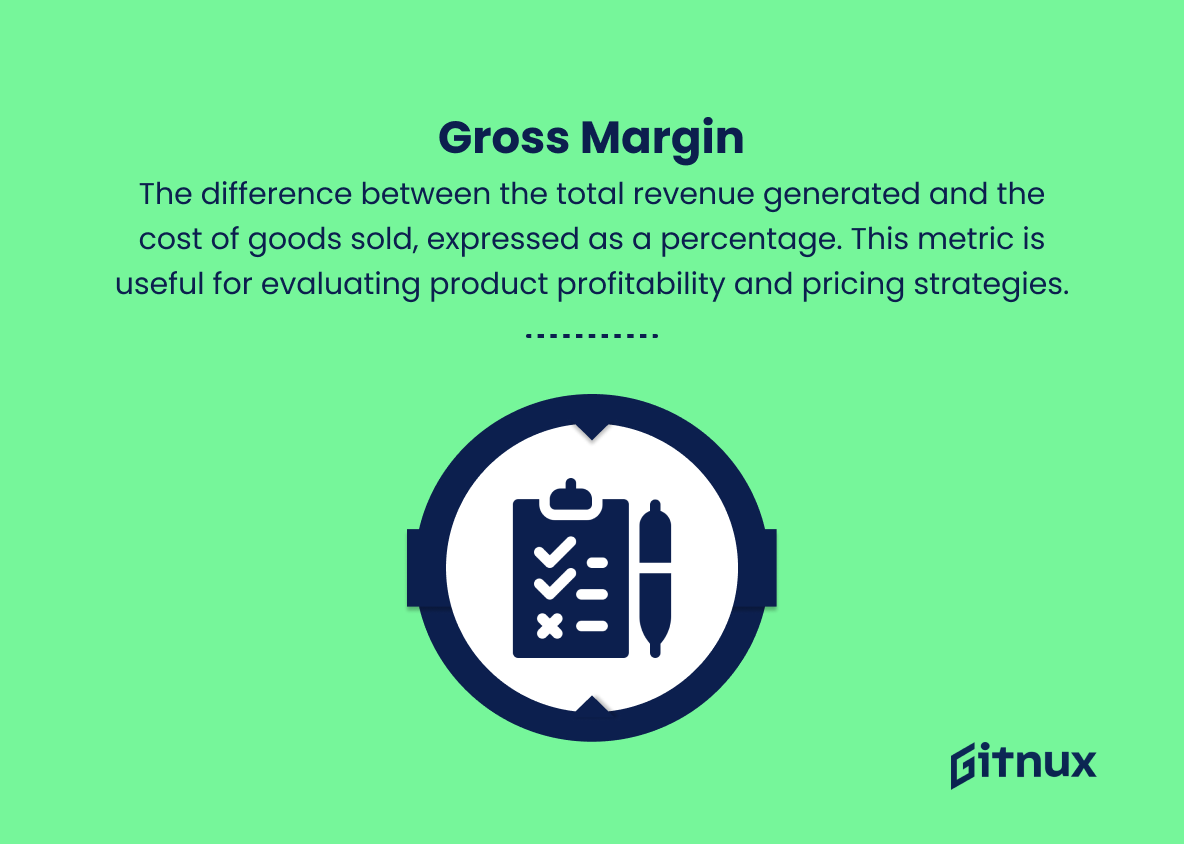In the rapidly evolving world of product management, keeping a close eye on the right metrics has become increasingly crucial for success. Product Manager Metrics serve as vital indicators to measure the performance, effectiveness, and progress of a product, guiding product managers to make smart, data-driven decisions for their companies.
In this insightful blog post, we shall delve into the importance of Product Manager Metrics and discuss some of the most essential metrics that every product manager must track to maximize their chances of attaining strategic goals, delivering exceptional user experience, and ultimately, boosting their product’s performance in the market. So, without further ado, let’s unravel the world of Product Manager Metrics and elevate your understanding of this crucial aspect of product management.
Product Manager Metrics You Should Know
1. Customer Satisfaction (CSAT)
A measure of how happy customers are with your product or services. It is typically assessed through surveys where customers rate their experience on a scale (e.g., 1-5).
2. Net Promoter Score (NPS)
A metric that gauges customers’ willingness to recommend your product to others, thus estimating the potential for growth and customer advocacy.
3. Churn Rate
The percentage of customers who discontinue using your product within a given time period, indicating customer dissatisfaction or failed retention strategies.
4. Monthly Recurring Revenue (MRR)
The predictable monthly income generated by your product, often used for subscription-based products to track growth and financial stability.
5. Annual Recurring Revenue (ARR)
Similar to MRR but calculated on an annual basis, providing an annual snapshot of the revenue generated by your product.
6. Customer Acquisition Cost (CAC)
The average expense of acquiring a new customer, including marketing and sales costs. This metric helps assess the effectiveness of your customer acquisition strategies.
7. Customer Lifetime Value (CLTV)
The estimated total revenue a business can expect to generate from a single customer over their entire lifetime as a customer, emphasizing the importance of customer satisfaction and retention strategies.
8. Time to Market (TTM)
The time it takes to bring a product from idea to launch, reflecting the efficiency of product development and management processes.
9. Feature Adoption Rate
The percentage of customers using specific features of your product, indicating the value and effectiveness of those features.
10. Product Usage
Metrics measuring user engagement with your product, such as daily or monthly active users (DAU/MAU), session duration, and frequency of use.
11. Conversion Rate
The percentage of users who complete a desired action, such as making a purchase, upgrading their subscription, or signing up for a free trial. A high conversion rate illustrates effective marketing, sales, and product strategies.
12. Retention Rate
The proportion of customers who continue using your product after a given time period, highlighting the success of your customer loyalty and satisfaction initiatives.
13. Revenue Growth Rate
The percentage increase in revenue over a specific time period, demonstrating the potential success of your product or service.
14. Gross Margin
The difference between the total revenue generated and the cost of goods sold, expressed as a percentage. This metric is useful for evaluating product profitability and pricing strategies.
15. Product Backlog
A list of pending tasks, features, and enhancements in your product pipeline. Tracking and prioritizing your backlog helps ensure efficient product development and resource allocation.
16. Product Quality Metrics
Metrics that evaluate the performance, reliability, and user satisfaction with your product, such as the number of defects, bugs, or issues reported by users. High-quality products typically have lower support costs and higher customer satisfaction.
Product Manager Metrics Explained
Product Manager Metrics are essential in evaluating the success and effectiveness of a product throughout its lifecycle. Metrics such as Customer Satisfaction (CSAT) and Net Promoter Score (NPS) emphasize the importance of customer happiness and product advocacy, while Churn Rate, Retention Rate, and Customer Lifetime Value (CLTV) focus on customer retention and satisfaction. Financial metrics, including Monthly Recurring Revenue (MRR), Annual Recurring Revenue (ARR), and Gross Margin, help assess product profitability and pricing strategies.
Customer Acquisition Cost (CAC) and Conversion Rate examine the efficiency of marketing and sales efforts, while Time to Market (TTM) measures the agility and effectiveness of product development processes. Feature Adoption Rate and Product Usage provide insights into product value and user engagement, and Product Quality Metrics ensure a high-quality product experience. Managing these metrics and balancing priorities in the Product Backlog are crucial for a Product Manager to drive the overall success and growth of their product.
Conclusion
In conclusion, effective product manager metrics are essential for the success of any product and the growth of the organization. By closely monitoring these key performance indicators, product managers can make informed decisions, optimize their strategies, and continually improve their products.
Remember to select a balanced set of metrics that truly capture the essence of your product’s goals, considering both quantitative and qualitative aspects. Also, be prepared to adapt and refine your metrics as your product evolves and the business landscape changes. With a relentless focus on customer-centricity and continuous improvement, the right product manager metrics will be your compass, guiding you on the path to success.
